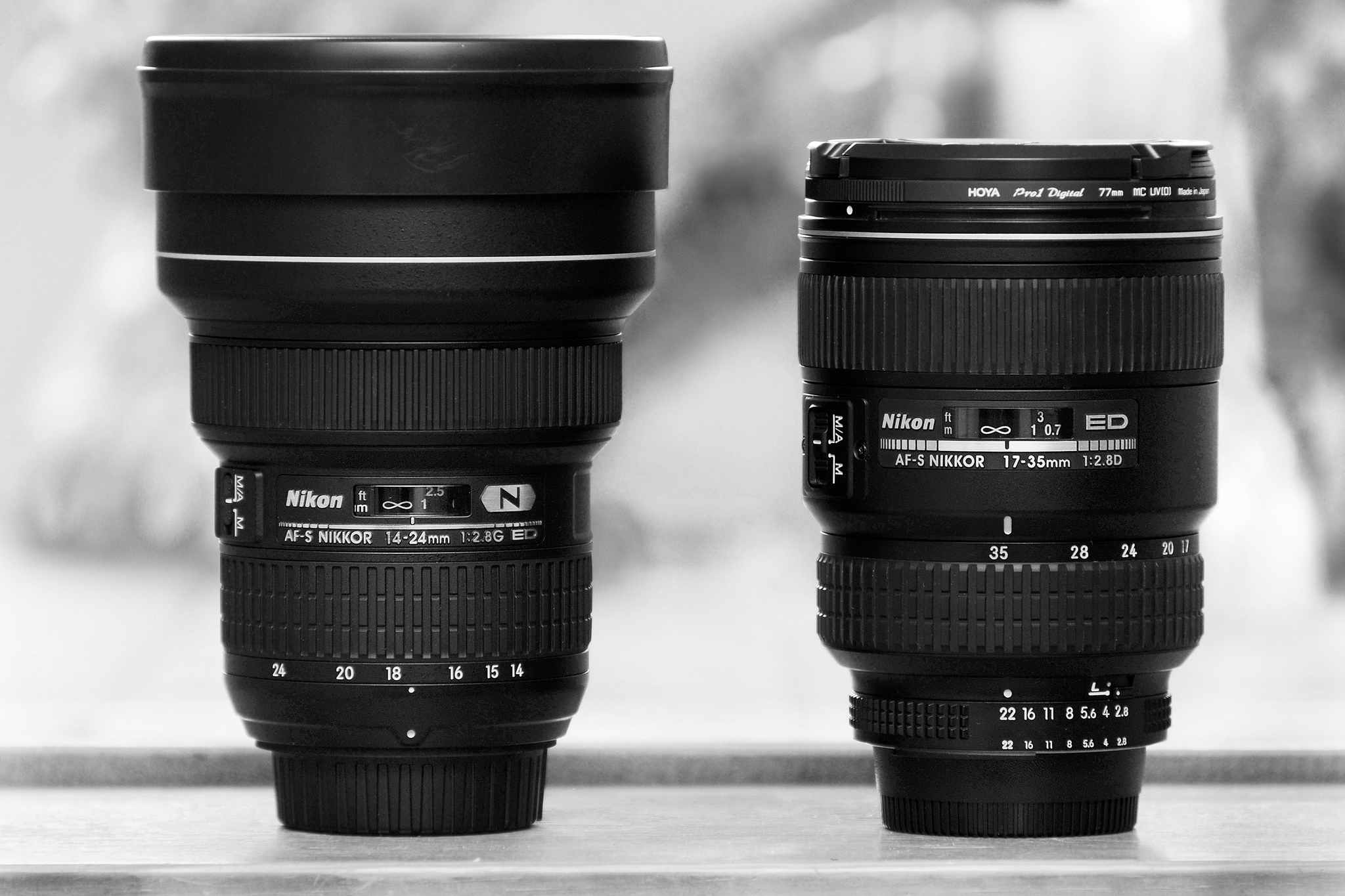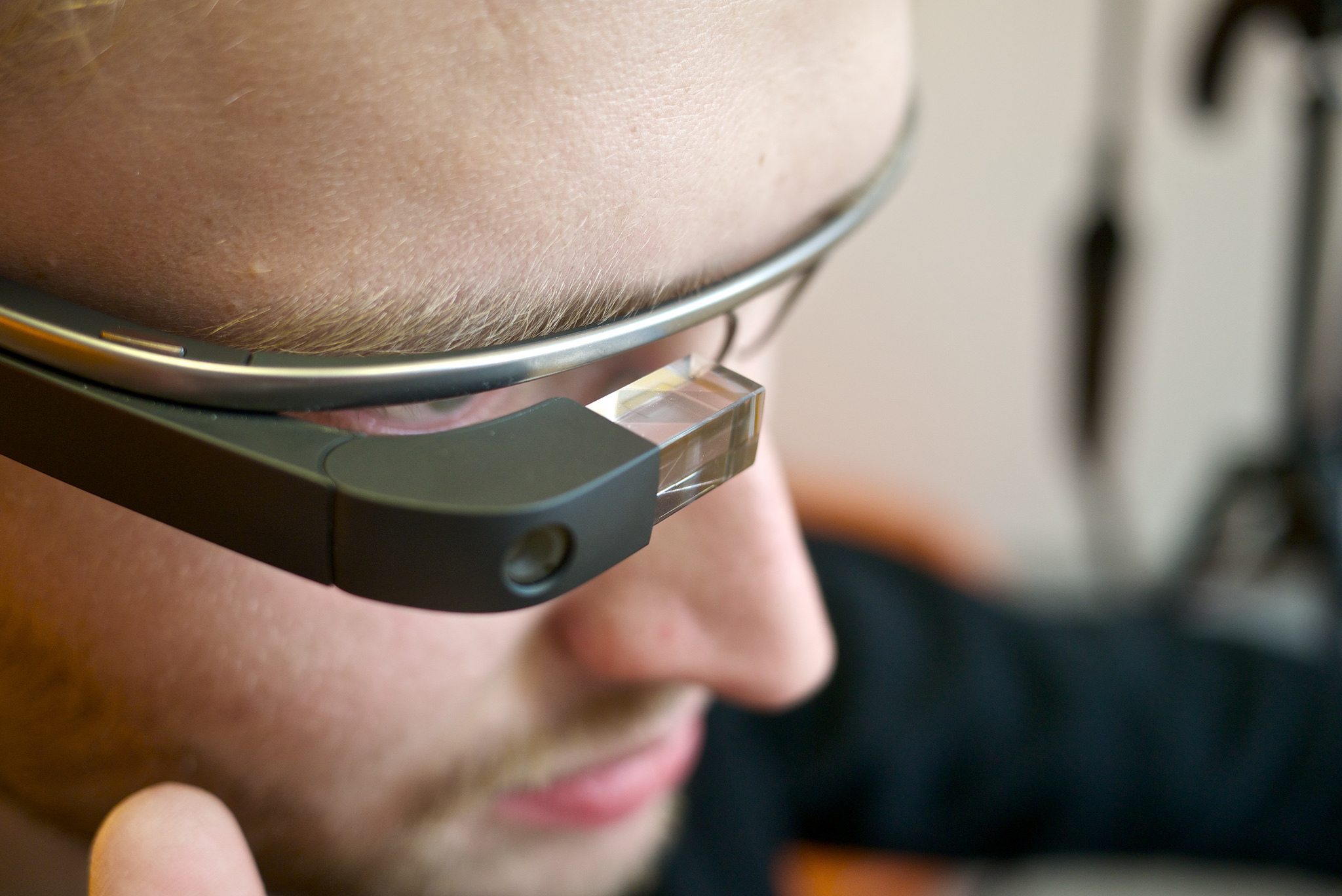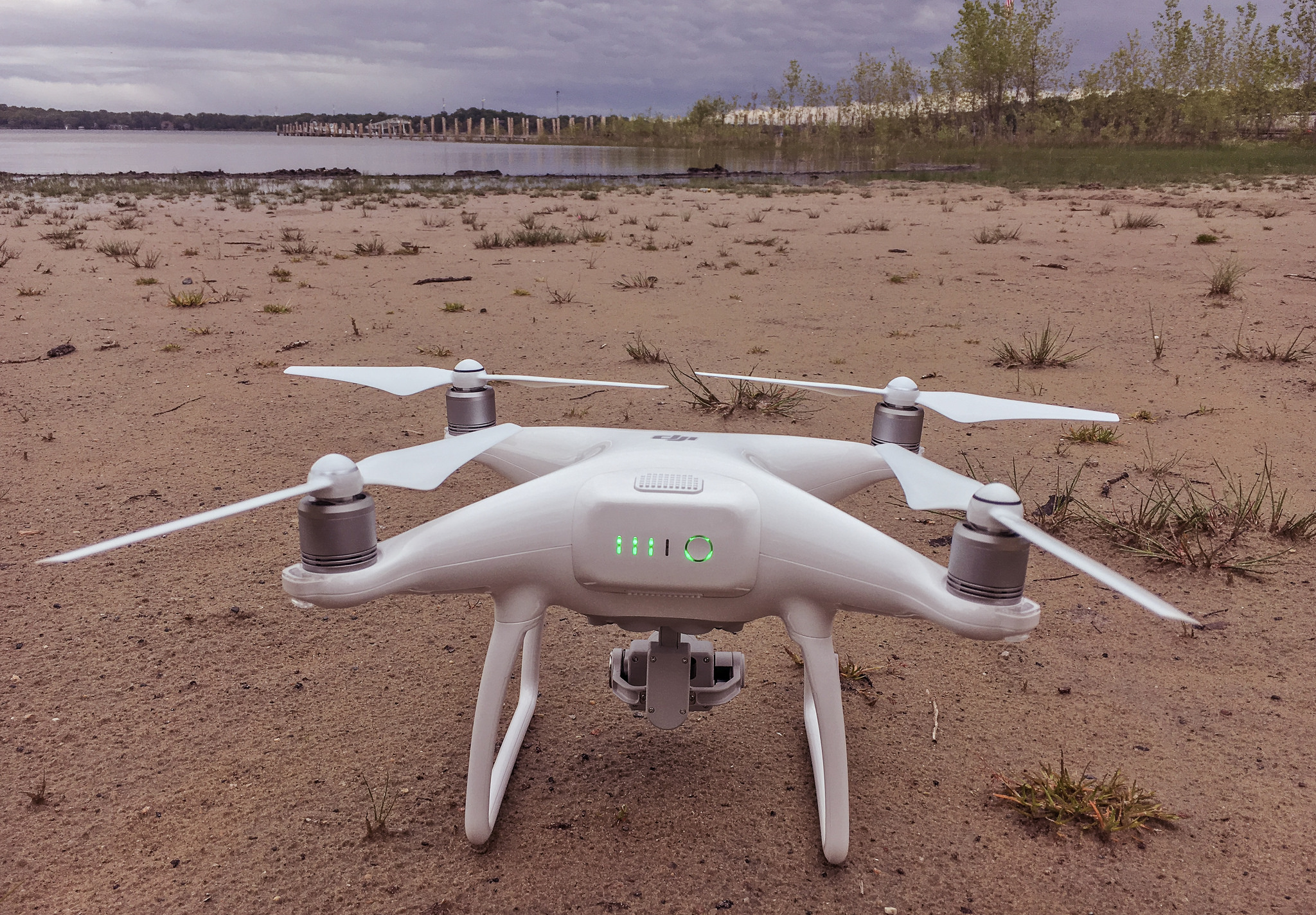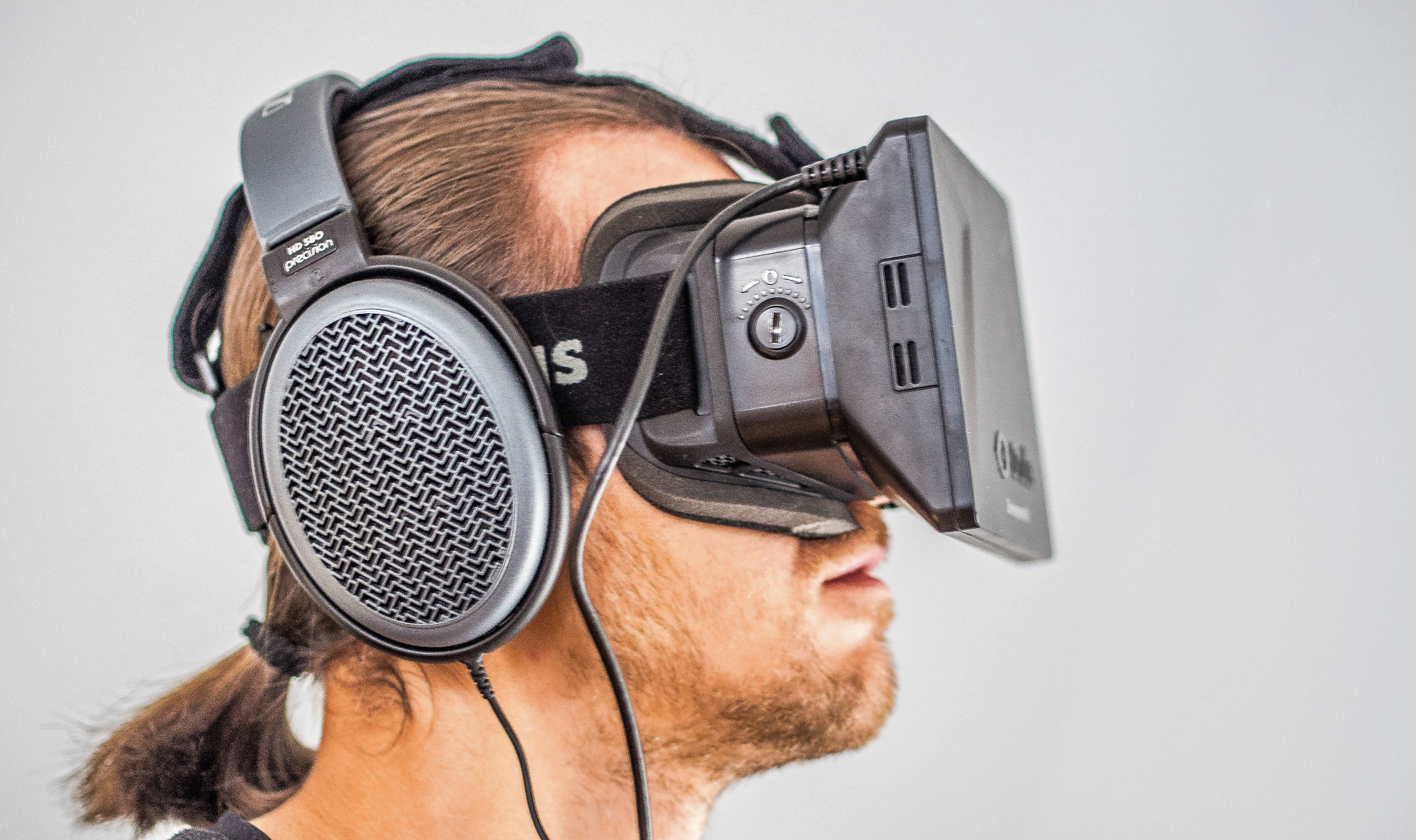We often see articles predicting the future of photography. Most of these articles are based on the quite near future and revolve around expanding the capabilities of existing technologies.
Despite the revolution of digital, the form factor and taking processes of photography have little changed in the last 50 years. We still use the SLR style format of camera, we still change lenses, we still view images on screens or as prints. Even the major technological advances have done little to change the basics of photography, mirrorless cameras still look and feel like cameras we might have used in the 1970’s, we still press shutter buttons and remove SD cards or films.
So what of the far future? Technology is moving at a pace never before seen and a lot of that will filter down into the way we take photos. Today we are going to take a look at how photography might look more than 20 years in the future.
The Camera
There have been thee things that have limited camera ergonomics for decades. The need for a mirror, the need for a significantly sized optics and the human that is operating the camera.
The mirror is on the way out, yet mirrorless cameras are still hampered by the size of the lens, albeit smaller than those on an SLR. Currently, we are bound by the centuries-old technology of focussing light through large glass elements.
However, emerging technologies such as metalenses will revolutionize the way we focus light on our sensors. In the far future, it will be possible to have lenses that are tiny, yet have amazing focal lengths and ultra-fast apertures.

This is all very exciting but cameras would still be limited by us and our large cumbersome hands. Or will it? Even now, we interact with things at home via voice or gestures. Amazon Alexa, Apple Siri all recognize our voices and carry out our commands.
There is no reason at all why this technology will not be applied to future photographic equipment. When it is, the camera as we know it will change beyond all recognition. No longer constrained by the need to fit into the photographer’s hands, the camera will become miniaturized wearables that we take everywhere we go.
They could be built into glasses, clothing, even into us. Given the advance of technology, this is perhaps not so far away.
Of course, the purist might shout that there is another defining aspect to the way current cameras are, and that is sensor size.
Our current day mindset is still based on the size of 35mm film and that sensors should conform to that format. However, the advance of sensor and lens technologies will effectively end that debate. In the future, there will be fantastic depth of field, ultra-low noise, and incredible image quality from tiny sensors.
The Shooting Experience
With the advancement of technology, so too the shooting experience will change. Of course, as a photographer, we will still need to compose the shots, get into the right positions and understand the light.
However, emerging technologies, such as augmented reality, will change the way we visualize our images, as well as provide us with live, on location, advice about light, weather, and even shooting position.
Imagine wearing a pair of glasses that not only shoots the image by voice command or gesture but shows us what the light is like on the opposite side of the building we are shooting. These are not flights of fancy, I am certain that within 20 years they will happen.

The need for memory cards will also be removed, images will be uploaded in real-time to the cloud and visible for our friends to view on whatever social media platforms we are using in the future.
Autonomous photographic platforms will also become much smaller and more intelligent. Tiny drones, fitted with powerful cameras, will perform photographic missions while we shoot from the ground.

We will also need to get away from the concept of stills photos.
In the future, most images will be created by pulling stills from an ultra high definition video clip. The upcoming 8k format will allow us to produce 30+MP stills from video. At the moment the constraining factor is that video requires a shutter speed two times that of the frame rate.
Current processors and memory cards are pushed to the limit to process that amount of information. However, as processor technology improves we will be able to shoot 60p video at 1/120th of a second while shooting a second video clip at a shutter speed of our choice simultaneously, perhaps to the same sensor, maybe to a secondary one. All of this being uploaded live to our personal cloud.
Beyond this, we will also be looking at our video and images in full 3D virtual reality rather than the 2D restrictions that we have today.
Imagine ultra high definition 3D 360-degree video watched on the same glasses we use to take our shots.

Some might dismiss my predictions as the flight of fancy of an over-active imagination. However, much of what I am predicting is entirely possible using technologies either emerging now or existing but improved.
Photography is on the cusp of a revolution that will make the change to digital seem trivial. In 20 years time, I doubt we will recognize photography as we know it today.
Tell us your thoughts on the future of photography in the comments below.





12 Comments
I can well imagine your imaginings Jason but, I have to wonder if all these technological advances will not remove from photography the truly artistic side, the soul of photography if you will.
The smaller, higher quality lenses, even, perhaps, the idea of your glasses as the camera have an obvious merit but having to lug a lump of mechanics around and manipulate it to record your very personal perspective is akin to the artist toting his easel, brushes and paint around in order to achieve his aim.
I have my personal opinion of the merits of the technological race currently underway and I am not a totally convinced follower who sees it as being all empowering.
I don’t believe the photography (the ones that the passionate people are interested in) will change that much, nor the desire to move away from DSLR-like to voice commanded will be there among the serious photographers.
Changes will be on the surface, on instagrammers and social networkers. They ride the tide. The others tend to be more focused on the process of photography and hence all said inconvenience is important to them.
Just as we are now being challenged by the deluge of information assaulting us as to just what deserves out attention, in the future we will be equally challenged as to just what deserves to be preserved as images. If we can capture any sight we experience, without the need for preparation or even extra effort, how will we decide what is worthy of capture?
I expect people will experience waves of enthusiasm just as they do now with “everything must be shared” on social media. But in the end we will all be better off learning new ways to be judicious about what images we determine to be worthy of permanence.
Do you want to know how the future will look like?
Same as the present without unnecessary things
Like with Mobile phones, the snapshot photographer will grab the new tech to get it on the “social media” platform asap, even in real time, For me having done photography as an”art” of capturing creative or specially constructed images, Nature and Wildlife etc, for the past 48 yrs, for me the fascination is still in the lens, the camera and the process of creating the image, searching for it and considering the options. Yes there will be changes to the devices we use, and weather it is DSLR or ML or whatever, really doesn’t phase me. For me it is about the camera, the process and the image.
I agree. With me it’s all about the art.
I like this article with possible comments, because many of my friends and colleague (photographers) are laughing at me when I mention my view of the future in photography.
First in less the 7 years, the Full Frame will start fading away and that include big, expensive glass. Already more and more optical lenses are made in super clean plastic.
The technology change very fast that is showing in superb quality pictures done with cell phone now. Smaller is better, that will be the way and always smaller.
I see the ”lens” will be only electronic and then transferred into a picture (It is not use in satellites now?)
Not far away the high quality camera for spying was looking that way:
The future of camera is beyond imagination, I mean they can evolve to what they want to produce and use, depending on sizes, pixel, lens…let’s just wait how fantastic it would be 🙂
The comments remind me of a pro photographer I was working with in 1999. He was using Hasselblad. I talked with him on digital photography and his words were “digital photography will never replace argentic for the professionals, because the quality of film pictures will never be equaled”. Well, now he uses mainly digital.
There are exiting times ahead. But the basics don’t change. LIGHT, COMPOSITION, CREATIVITY . Professional Photography requires understanding the purpose for the image to the benefit of the client. The knowledge of how to use new technology frees us to apply ourselves more effectively to the project at hand. Don’t forget the Basics but never stop learning and experimenting. Enjoy your Photography.
Tom
Nice Article! We can never make sure about the future of photography – it isn’t composed at this point. But, we can make forecasts which could come throughout the next few years.
How do I actually see how I’ll look?